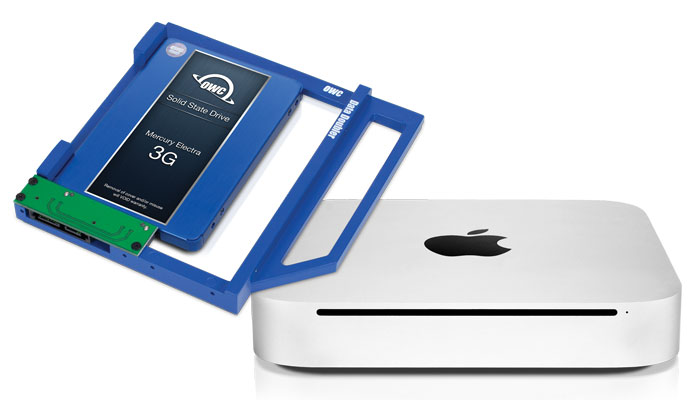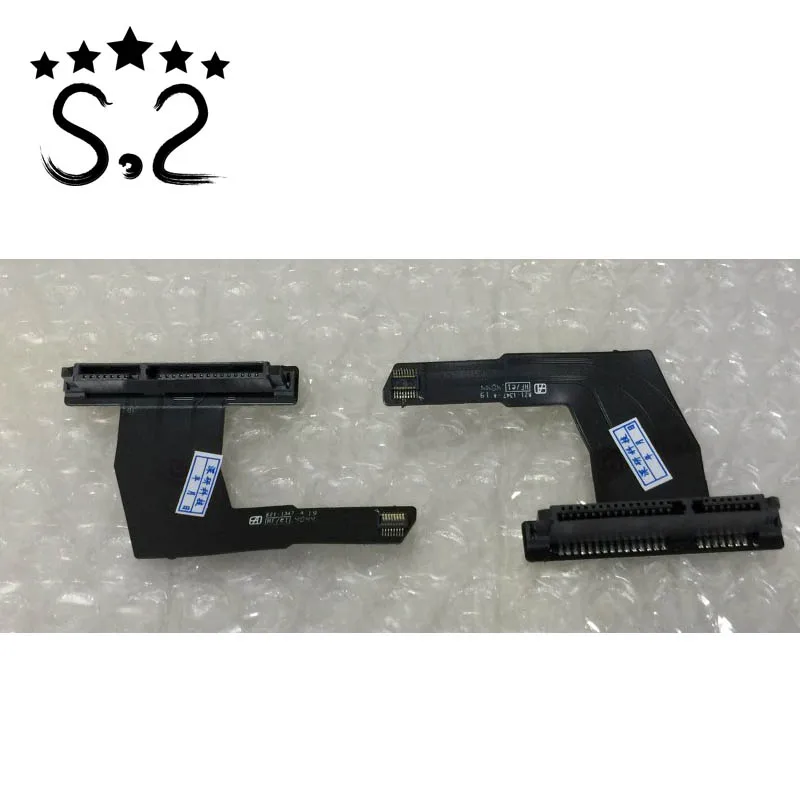Erasing your disk: For most reasons to erase, including when reformatting a disk or selling, giving away, or trading in your Mac, you should erase your entire disk.
INDMEM SSD 1TB PCIe NVMe Gen3x4 3D TLC NAND Flash Hard Drive Disk 1T Replacement for MacBook Pro Retina Late 2013-Mid 2015, MacBook Air Mid 2013-2017, iMac Late 2013-2017, Mac Pro 2013, Mac Mini 2014 4.2 out of 5 stars 120. Is the SSD the same physical size as my current hard drive? The standard Apple Mac Mini 2006-2012 hard drives are an industry standard 2.5 inch notebook drive. They are physically exactly the same physical size. Can I use any SSD here to upgrade my 2014-2019 Mac Mini? From 2014 the Apple Mac Mini SSD was a proprietary NVME SSD.

Erasing a volume on your disk: In other cases, such as when your disk contains multiple volumes (or partitions) and you don't want to erase them all, you can erase specific volumes on the disk.
Erasing a disk or volume permanently deletes all of its files. Before continuing, make sure that you have a backup of any files that you want to keep.
How to erase your disk
- Start up from macOS Recovery. Then select Disk Utility from the Utilities window and click Continue.
If you're not erasing the disk your Mac started up from, you don't need to start up from macOS Recovery: just open Disk Utility from the Utilities folder of your Applications folder. - Choose View > Show All Devices from the menu bar in Disk Utility. The sidebar now shows your disks (devices) and any containers and volumes within them. The disk your Mac started up from is at the top of the list. In this example, Apple SSD is the startup disk:
- Select the disk that you want to erase. Don't see your disk?
- Click Erase, then complete these items:
- Name: Type the name that you want the disk to have after you erase it.
- Format: Choose APFS or Mac OS Extended (Journaled). Disk Utility shows a compatible format by default.
- Scheme: Choose GUID Partition Map.
- Click Erase to begin erasing your disk and every container and volume within it. You might be asked to enter your Apple ID. Forgot your Apple ID?
- When done, quit Disk Utility.
- If you want your Mac to be able to start up from the disk you erased, reinstall macOS on the disk.
How to erase a volume on your disk
- Start up from macOS Recovery. Then select Disk Utility from the Utilities window and click Continue.
If you're not erasing the volume your Mac started up from, you don't need to start up from macOS Recovery: just open Disk Utility from the Utilities folder of your Applications folder. - In the sidebar of Disk Utility, select the volume that you want to erase. The volume your Mac started up from is named Macintosh HD, unless you changed its name. Don't see your volume?
- Click Erase, then complete these items:
- Name: Type the name that you want the volume to have after you erase it.
- Format: Choose APFS or Mac OS Extended (Journaled). Disk Utility shows a compatible format by default.
- If you see an Erase Volume Group button, the volume you selected is part of a volume group. In that case, you should erase the volume group. Otherwise, click Erase to erase just the selected volume. You might be asked to enter your Apple ID. Forgot your Apple ID?
- When done, quit Disk Utility.
- If you want your Mac to be able to start up from the volume you erased, reinstall macOS on that volume.
Reasons to erase

You can erase at any time, including in circumstances such as these:
- You want to permanently erase all content from your Mac and restore it to factory settings. This is one of the final steps before selling, giving away, or trading in your Mac.
- You're changing the format of a disk, such as from a PC format (FAT, ExFAT, or NTFS) to a Mac format (APFS or Mac OS Extended).
- You received a message that your disk isn't readable by this computer.
- You're trying to resolve a disk issue that Disk Utility can't repair.
- The macOS installer doesn't see your disk or can't install on it. For example, the installer might say that your disk isn't formatted correctly, isn't using a GUID partition scheme, contains a newer version of the operating system, or can't be used to start up your computer.
- The macOS installer says that you may not install to this volume because it is part of an Apple RAID.

About APFS and Mac OS Extended
Disk Utility in macOS High Sierra or later can erase using either the newer APFS (Apple File System) format or the older Mac OS Extended format, and it automatically chooses a compatible format for you.
How to choose between APFS and Mac OS Extended
Disk Utility tries to detect the type of storage and show the appropriate format in the Format menu. If it can't, it chooses Mac OS Extended, which works with all versions of macOS. If you want to change the format, answer these questions:
- Are you formatting the disk that came built into your Mac?
If the built-in disk came APFS-formatted, Disk Utility suggests APFS. Don't change it to Mac OS Extended. - Are you about to install macOS High Sierra or later for the first time on the disk?
If you need to erase your disk before installing High Sierra or later for the first time on that disk, choose Mac OS Extended (Journaled). During installation, the macOS installer decides whether to automatically convert to APFS—without erasing your files. - Are you preparing a Time Machine backup disk or bootable installer?
Choose Mac OS Extended (Journaled) for any disk that you plan to use as a Time Machine backup disk or as a bootable installer. - Will you be using the disk with another Mac?
If the other Mac isn't using macOS High Sierra or later, choose Mac OS Extended (Journaled). Earlier versions of macOS don't work with APFS-formatted volumes.
How to identify the format currently in use
If you want to know which format is currently in use, use any of these methods:
- Select the volume in the Disk Utility sidebar, then check the information shown on the right. For more detail, choose File > Get Info from the Disk Utility menu bar.
- Open System Information and select Storage in the sidebar. The File System column on the right shows the format of each volume.
- Select the volume in the Finder, then choose File > Get Info from the menu bar. The Get Info window shows the Format of that volume.
If your disk or volume doesn't appear, or the erase fails
- Shut down your Mac, then unplug all nonessential devices from your Mac.
- If you're erasing an external drive, make sure that it's connected directly to your Mac using a cable that you know is good. Then turn the drive off and back on.
- If your disk or volume still doesn't appear in Disk Utility, or Disk Utility reports that the erase process failed, your disk or Mac might need service. If you need help, please contact Apple Support.
Learn more
- If you can't start up from macOS Recovery, you can use a different startup disk instead.
- If Disk Utility shows a Security Options button in the Erase window, you can click that button to choose between a faster (but less secure) erase and a slower (but more secure) erase. Some older versions of Disk Utility offer the option to zero all data instead. These secure-erase options aren't offered or needed for solid-state drives (SSDs) and flash storage.
The hard drives in the new 2018 Mac mini are PCIe which means they are
USB-C Gen 2 can handle the speeds of most (but not all) SSD drives. So unless you want a very high-end solution, you’ll be fine using an external SSD over USB. An external SSD drive plugged in via USB-C will only be 1/5 the speed of the new internal PCIe drives, but it’s still fast. The external SSD drive on my new mac mini is faster than the internal non-PCIe SSD drive on my previous mac mini.
1. Buying a drive.
My first purchase was a Samsung S5. It’s fast, it’s USB-C Gen 2, and it’s cheap. But it caused a 30-second delay each time my mac booted up. Apparently, this is a common problem
The drive I ended up using was the Seagate Fast SSD. It’s fast and works well. I purchased the 500GB version. I’ve already filled it up so end hindsight I publish should have gone for the 1 TB version but I was trying to save
2. What to put on it.

Now that you’ve connected your drive you need to choose which data to store on it. I used to recommend using your new SSD as the boot drive, but given that the internal SSD drive is now faster, you are better off booting off your internal drive and just putting some files on the external drive.
I kept OSX and my applications on my internal boot drive, as well as my users home folder. So my internal SSD drive looks like this:
- Applications
- Library
- System
- Users

I moved most the large folders from inside my Users folder onto my external SSD. I did not change my home folder to be the external SSD. I copied the files out of my home folder. I did al this when I was migrating the data
Here’s what I moved to my new external SSD Drive:
- Documents (from my user folder – 40GB)
- Downloads (from my user folder – 5GB)
- Mainstage Sounds (from System Folder – 60GB)
- Movies (from my user folder – 10GB)
- Music (from my user folder – 60GB)
- Pictures (from my user folder including my photos library – 140GB)
When you move your Music, Pictures and MainStage files you need to tell iTunes, Apple Photos and Mainstage the new location.
For iTunes, firstly copy all your music files across to the new SSD. (users/yourname/music/iTunes) Then go to Preferences, Advanced, and find ‘iTunes Media folder location’. Click ‘Change’ and select the new folder.
For Photos you need to copy the folder called ‘Photo’s Library’ across, then restart the Photos App while holding the Option key. This gives you the option to select your new Photo library from the external SSD.
Solid State Drive For Mac Mini Late 2012
Photos should open the newly copied library and you should be able to see your photos. If that is the case then go to preferences and select ‘use as System Photo Library’ to make this change permanent.
There are some applications that will still want to use files from within your home folder on your internal SSD. That’s okay. I allow them to do that.
Solid State Drive For Mac Mini 2014
I find it helpful in my own mind to know which files are where so I have my documents, my music and my photos on my external SSD and I have everything else on my internal one.
But you can arrange them how you like.
